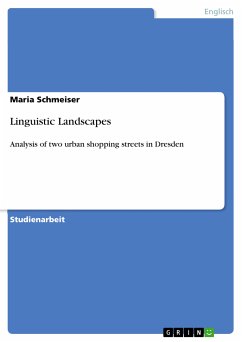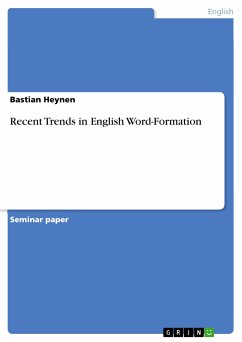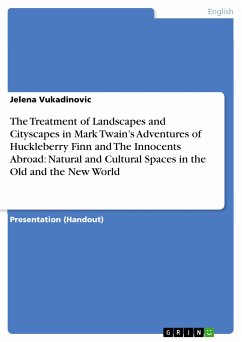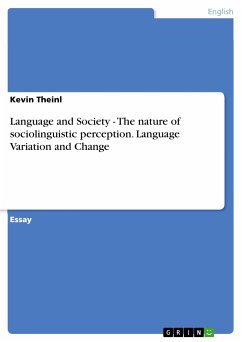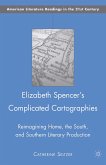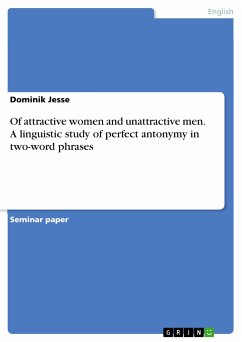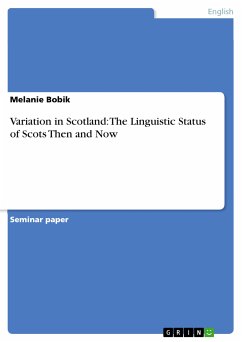Studienarbeit aus dem Jahr 2008 im Fachbereich Amerikanistik - Linguistik, Note: 1,3, Ernst-Moritz-Arndt-Universität Greifswald (Institut für Anglistik/Amerikanistik), Veranstaltung: HS „Linguistic Landscapes“ , Sprache: Deutsch, Abstract: „Douglas – Come in and find out, or: Douglas – Kommen Sie rein und finden sie wieder heraus.“ This translation reflects the disastrous outcome of the study by Endmark GmbH – a German business for creative brand names – on the comprehension of English advertisement claims in Germany. All in all twelve brand names were tested for their comprehension potential and the results were striking. Ten out of twelve English slogans could not be properly understood by more than 50% of the German target group aging 14 to 49 years. Douglas shortly after that study changed its slogan to: “Douglas macht das Leben schöner”. One might think shop owners know it better by now but as the following study will show still today there is a big number of shops having English or English-German names and/or slogans. The purpose of the study is to examine the linguistic landscapes of two urban shopping streets in Dresden. The core of this paper is the thesis, that due to its multicultural flair and its many privately-owned shops Alaunstraße will show a more diverse, productive and creative use of English. This thesis will be evaluated with the three core questions: 1) How many monolingual English and multilingual English -(Language other than English) shop signs can be found in the two streets? 2) Do specific types of shops use specific language patterns? 3)How is language contact realized?

